1. Introduction
Announcement is a very important part of DAB in practical applications. Therefore, how to test Announcement has become a topic worthy of research in the test and measurement field. Should one choose a suitable ETI test stream for functional verification, or conduct functional testing through low-level parameter configuration? This is a question any engineer needs to consider before starting this testing.。
For DAB testing, we typically refer to the following two core standard documents:
ETSI EN 300 401 V2.1.1 (2017-01):
Radio Broadcasting Systems; Digital Audio Broadcasting (DAB) to mobile, portable and fixed receivers
ETSI TS 103 176 V2.2.1 (2018-10):
Digital Audio Broadcasting (DAB); Rules of implementation; Service information features
The second document provides a detailed introduction to the DAB Announcement function discussed in this article. Interested readers are encouraged to refer to it.
2. DAB Announcement Overview
The DAB Announcement function can be understood as: voice broadcast of information. The information can cover various contents, such as: news, traffic, sports, warnings, etc. This function is implemented by defining signaling. When a receiver has this capability, it can receive and broadcast relevant information as needed, and return to the audio broadcast after the information broadcast is completed.
Announcements are divided into two priority levels based on content: High Priority for Alarms, and Low Priority for all others. The standard elaborates on Alarms; once an announcement is identified as an Alarm, all receivers must handle it with the highest priority.
The broadcast content can come from the currently tuned multiplex or from other multiplexes. When the content originates from the current multiplex, the receiver can parse and locate the channel containing the announcement without re-tuning. However, when the content comes from another multiplex, the receiver must re-tune to that different frequency to receive it. This relatively complex mode is a key concern for receiver developers.
Regardless of the type of announcement, once the content broadcast is finished, the receiver must automatically return to the original program to continue broadcasting.
3. DAB Announcement Test Solutions
3.1 Testing Based on ETI Streams
Verifying DAB Announcement by modulating a suitable ETI stream for the receiver is the most straightforward testing method to understand. Although the principle is simple, implementation can be challenging. Theoretically, any change in parameters results in a different ETI stream, making it difficult to obtain various ETI streams that meet all requirements. This is one reason why many manufacturers have low efficiency when testing DAB Announcement.
If a suitable ETI test stream is already available, modulation becomes relatively easy. A signal generator supporting the DAB standard, such as the RWC2010C, can meet the requirements. This device can directly play ETI streams for modulation, output DAB signals, and flexibly adjust frequency and power.
3.2 Testing Based on IQ Captured Data Streams
This method is typically implemented using an RF recorder/replayer. It involves capturing the actual DAB Announcement signal during operation, recording it as IQ data, bringing the data back to the lab, replaying the signal, and re-modulating it to RF.
Generally, recording high-precision RF signals requires high A/D quantization depth and high sampling rates, resulting in very large data volumes. Consequently, higher-performance RF recorders are relatively expensive, while economical RF recorders may not meet the requirements for test accuracy.
Similar to the ETI stream method, this approach also faces the challenge of needing to find specific real-world scenarios. Each scenario usually only satisfies one test condition, so achieving comprehensive testing requires finding a wide variety of scenarios, which can be a difficult process.
3.3 Testing Based on Professional RF Test Instruments
Testing using a professional DAB test instrument equipped with efficient DAB Announcement testing capabilities makes testing much more convenient. A typical test setup is shown in Figure 1.

Figure 1: Test Setup Diagram
A professional DAB Announcement test device needs to support settings for CLUSTER, AN Switching, AN switch type, and Target Channel, as shown in Figure 2.
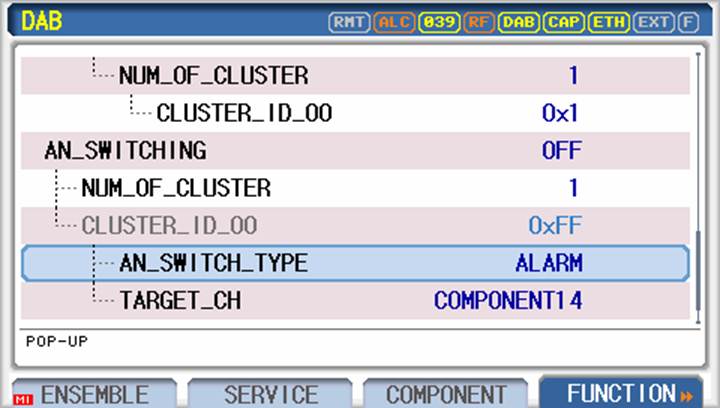
Figure 2: Announcement General Settings
Simultaneously, the device must also support switching between multiple Switch types, as shown in Figure 3.
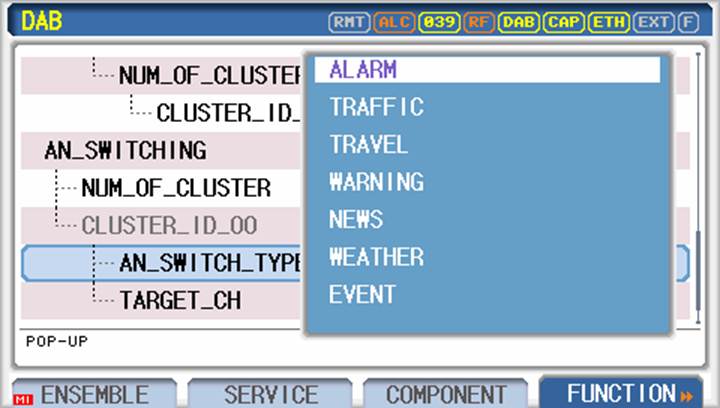
Figure 3: Switch Type Selection
Based on the configuration interface of such instruments, we can design different Announcement application scenarios and simulate any Announcement test compliant with the standards.
Here is a typical configuration example: Switching CLUSTER 1 to a Weather type Announcement.
The instrument's initial service configuration is as follows:
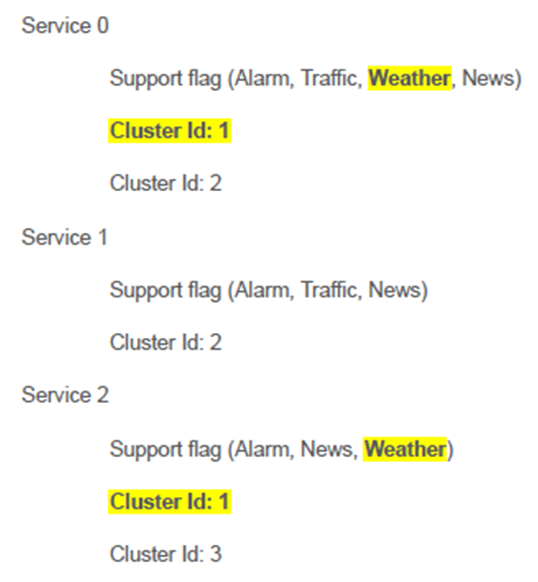
If the Announcement settings are switched as follows:
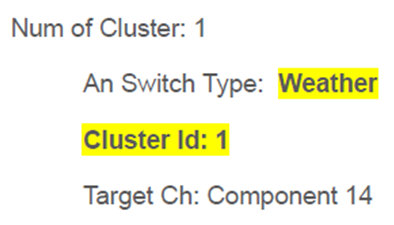
The initial operating mode of the entire system and the operating mode after enabling Announcement are visually presented in Figure 4.
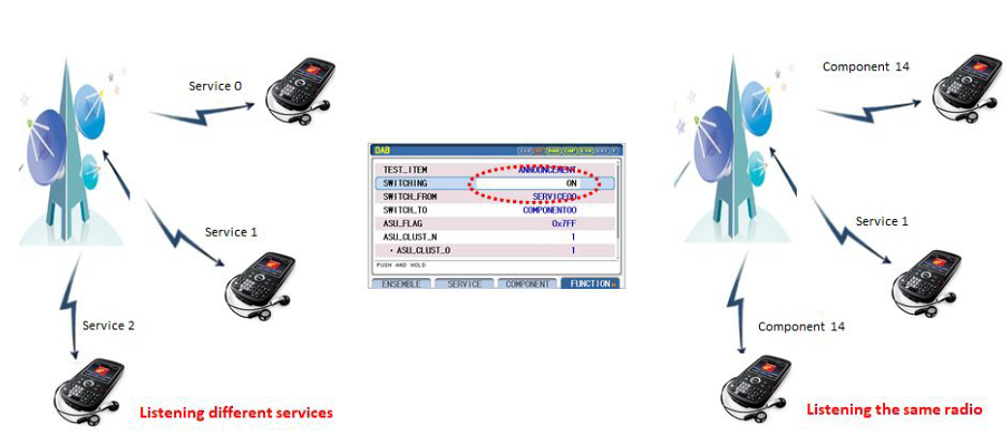
Figure 4: Operating Mode Illustration
Interpretation: When the test signal generator operates in its initial state, the devices under test (DUTs) are each in their own reception state; three receivers are receiving programs from Service 0, Service 1, and Service 2 respectively. After enabling Announcement, the receiver operating under CLUSTER ID 1 will automatically switch to the WEATHER type and play the content according to Target Channel 14.
4. Test Solution Comparison
A simple comparison of the three test solutions can be summarized as follows:
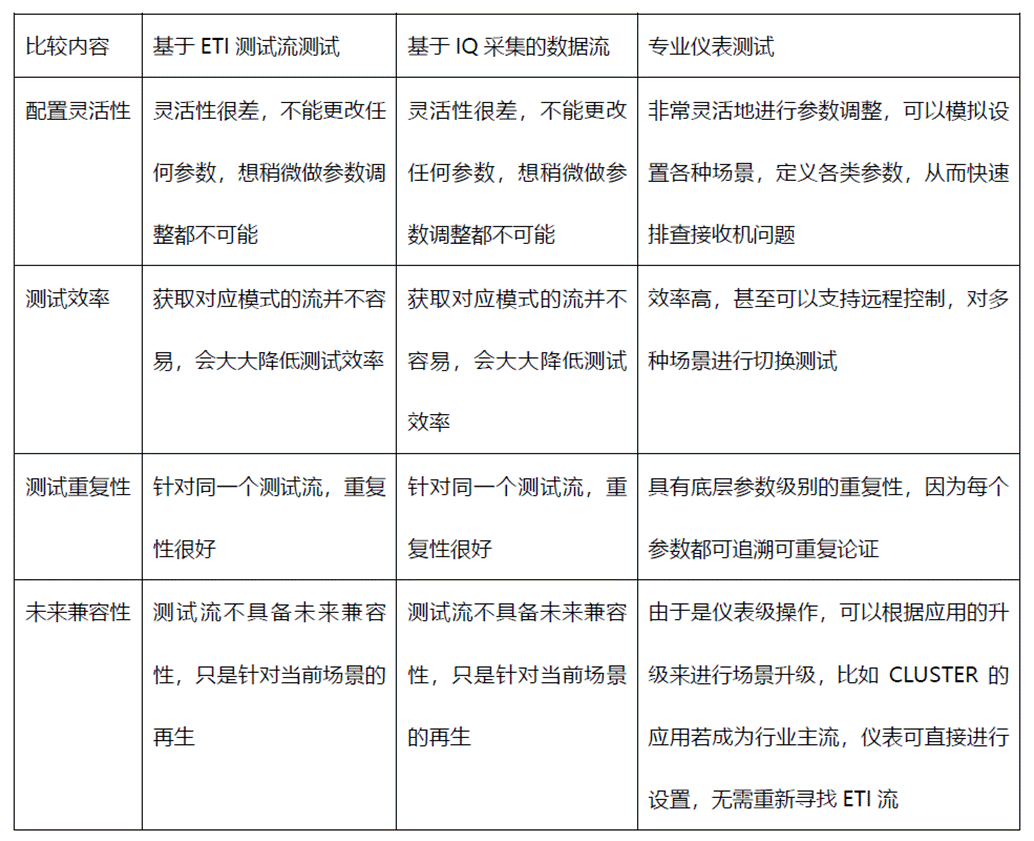
5. Introduction to Typical Test Instruments
For DAB Announcement testing, the RWC2010C equipment operated and sold by Doewe Technologies fully meets the test requirements.
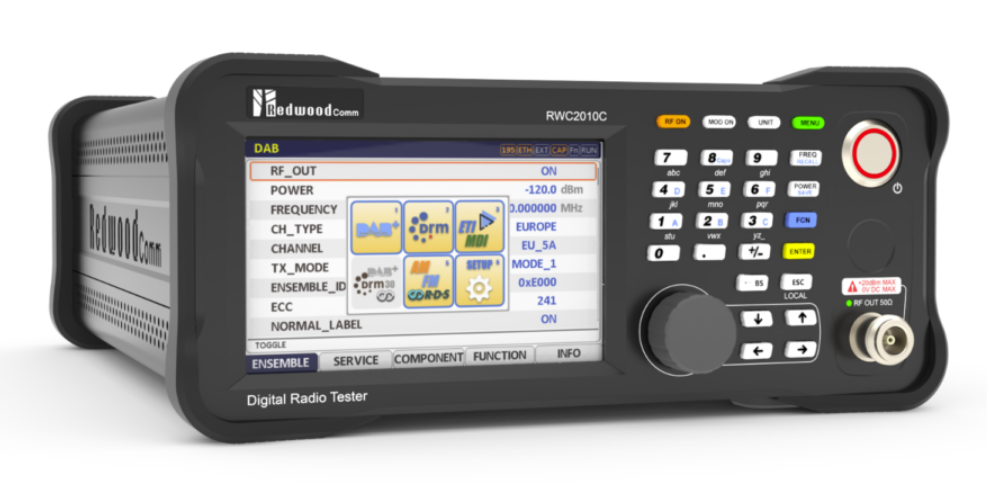
This device supports AM and FM analog modulation, as well as DAB/DRM digital modulation, and can output multiple FM signals simultaneously. It features an industry-unique, flexible baseband multiplexing function that allows stream-level multiplexing configuration for DAB and DRM, greatly enhancing test flexibility and efficiency. The test capabilities can be further perfected by configuring additional features such as Seamless Linking (which may require other devices and software depending on test needs) and DAB Announcement.
This device also satisfies the testing method based on ETI streams. For details, please refer to the RWC2010C product brochure and related materials, or contact our company.
If readers need to test based on IQ captured data streams, they can consider using the MP7600 provided by Doewe Technologies. This device supports 16-bit depth and high-speed sampling, enabling near-lossless reproduction of RF signals, especially leveraging its maximum real-time bandwidth of 100MHz to simultaneously record wideband signals.
6. Conclusion
The ultimate goal of any communication standard is to provide services to users, and DAB Announcement is no exception; this service is built upon the broader DAB framework. However, to achieve stable and reliable service, comprehensive testing across three dimensions – from the physical layer, through the signaling protocol layer, to the application layer – is essential. Utilizing the RWC2010C equipment provided by Doewe Technologies allows for highly efficient DAB Announcement testing, enabling the construction of various simple or complex standards-compliant test scenarios and repeatable testing. This improves R&D, production, and quality inspection efficiency for radio manufacturers or car audio system manufacturers. For relevant research or production units that wish to utilize RF equipment for testing while also performing practical verification, the methods based on ETI streams and IQ data streams can serve as complementary approaches, each enhancing the other.